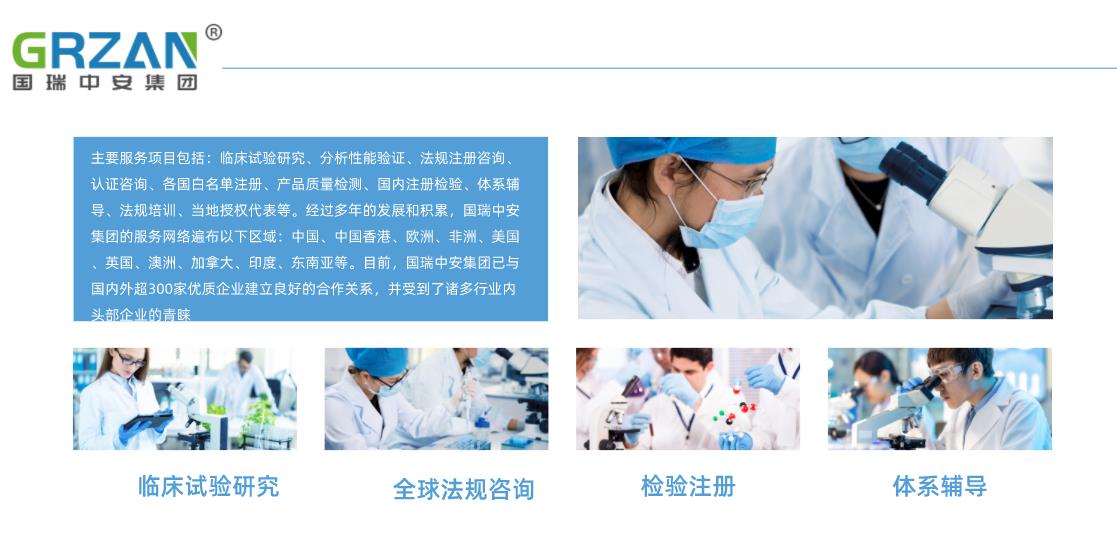What is the difficulty level of FDA registration for Class III medical devices?
Category:企业动态
Date:2024-12-26 17:44:22
Author:
Source:
The difficulty level of FDA registration for Class III medical devices is generally high due to the extensive and rigorous requirements involved. Class III devices are considered high-risk, and therefore, the FDA requires comprehensive evidence to ensure their safety and effectiveness before they can be marketed. Here are the key factors that contribute to the difficulty:
The difficulty level of FDA registration for Class III medical devices is generally high due to the extensive and rigorous requirements involved. Class III devices are considered high-risk, and therefore, the FDA requires comprehensive evidence to ensure their safety and effectiveness before they can be marketed. Here are the key factors that contribute to the difficulty:

1. Premarket Approval (PMA) Process:
- Premarket Approval (PMA) is required for most Class III devices. This process is more complex than the 510(k) pathway used for Class II devices, and it involves submitting a significant amount of data, including:
- Clinical trial data: Clinical studies demonstrating the device's safety and efficacy.
- Non-clinical testing: Data on biocompatibility, performance, and durability.
- Risk analysis: Detailed assessment of potential risks associated with the device.
The PMA process can take 12-18 months or longer, depending on the complexity of the device and the FDA's review requirements.
2. Clinical Trials and Data Requirements:
- Clinical data is often required to support a PMA application. This can involve significant time and financial investment, as clinical trials must demonstrate the safety and performance of the device in real-world scenarios.
- Designing and conducting clinical trials can be time-consuming, costly, and subject to regulatory scrutiny.
3. Advisory Committee Review:
- For certain high-risk devices, the FDA may convene an Advisory Committee to evaluate the device. These panels consist of independent experts who review the clinical evidence and provide recommendations.
- This review process can add additional time and complexity to the approval timeline.
4. Regulatory Hurdles:
- Class III devices must meet rigorous FDA Quality System Regulations (QSR) and Good Manufacturing Practices (GMP) requirements. Manufacturers must demonstrate that they have processes in place to consistently produce a safe and effective device.
- Devices must also comply with FDA labeling requirements (21 CFR Part 801) and meet stringent safety and effectiveness standards.
5. Financial and Resource Investment:
- Due to the complexity and time required for PMA approval, the financial investment for Class III devices is typically much higher than for Class I or II devices. Manufacturers must be prepared for significant resource allocation for clinical trials, regulatory support, and quality management.
6. Post-Market Surveillance:
- After receiving FDA approval, Class III devices are subject to ongoing post-market surveillance, which includes monitoring for adverse events, reporting to the FDA, and potentially conducting post-approval studies to ensure long-term safety.
Contact Us:
Whatsapp or Wechat:+86 15816864648;email address:hito.lin@grzan.cn
.png)
